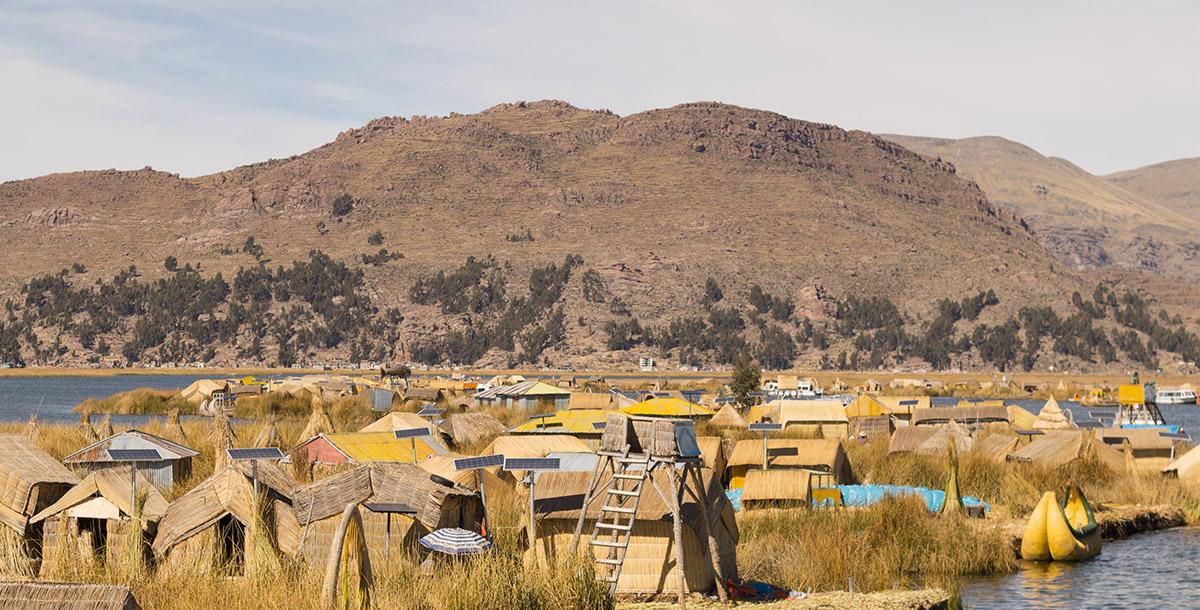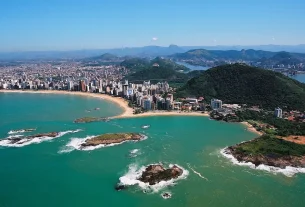With a smile on his face and a hat to protect himself from the sun, the man who declared himself president of the island welcomed the visitors. And it was not the largest representative of any island, but an artificial one, made of reeds and floating in the waters of Lake Titicaca, at an altitude of 3800 meters. Although he descends from one of the oldest peoples in South America, the Uros, the man has a name of Germanic origin: Guilhermo.
We were a small group, of seven people, and we arrived there after sailing for about 15 minutes from Puno, Peru. After welcoming and inviting our group to sit in a circle, Guilhermo began to explain a little about the way of life of the Uros, who have lived in this region of the Andes for centuries. They were already there, floating peacefully, when the Incas became powerful. And they continued to float when the Spanish arrived.
See too: Peru, far beyond Machu Picchu
The charms of Andean cuisine
Are you going to travel? Travel Insurance is mandatory in dozens of countries and essential for any trip. Don’t be left unprotected in Peru. See how to get the best cost/benefit insurance with our discount code.
There is no shortage of versions to explain why the Uros decided to leave dry land and build floating islands with reeds and roots. And the most accepted one says that it was a defense strategy – if the enemy arrived, all they had to do was float the entire island away from there. On the other hand, an unanchored island could be a problem and it was not uncommon for residents to sleep in one neighborhood and wake up in another. Or, some say, even in another country, after all, Lake Titicaca is divided between Peru and Bolivia. “The problem was not having a passport to return,” joked Guilhermo.
Discovered by tourism around two decades ago, the Uros decided to float their islands close to each other, thus creating a neighborhood just seven kilometers from Puno. In addition to making a living from fishing, today it is tourism and the sale of handicrafts that drive the economy of the approximately 1,500 inhabitants of the Uros Floating Islands.
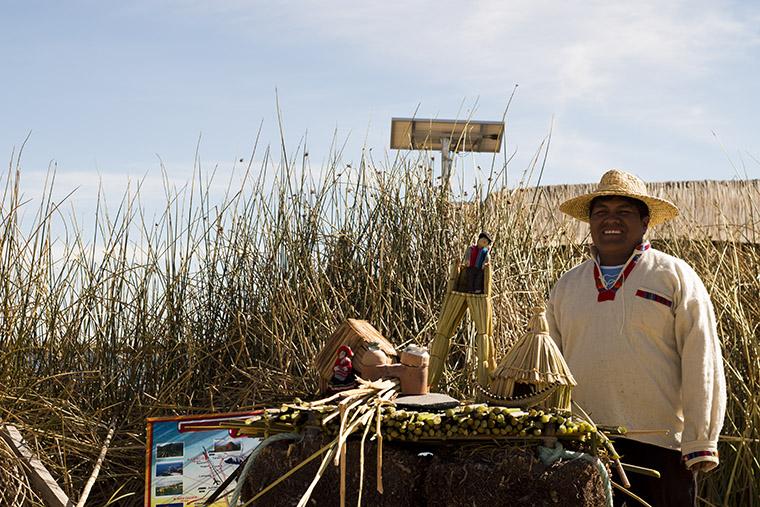
Guilhermo
The number of islands is a matter of controversy, but the most reliable statistics say somewhere between 20 and 30. Around 20 people live on Guillhermo, from 5 different families. The residents divide themselves into domestic duties, ranging from taking care of the houses – which, yes, are also made of reeds – to fishing and serving tourists. “Each house is ready in three or four days, but the roofs need to be changed every three months”, explained Guillhermo. And islands are not eternal. Even with frequent maintenance, they last between 30 and 50 years.
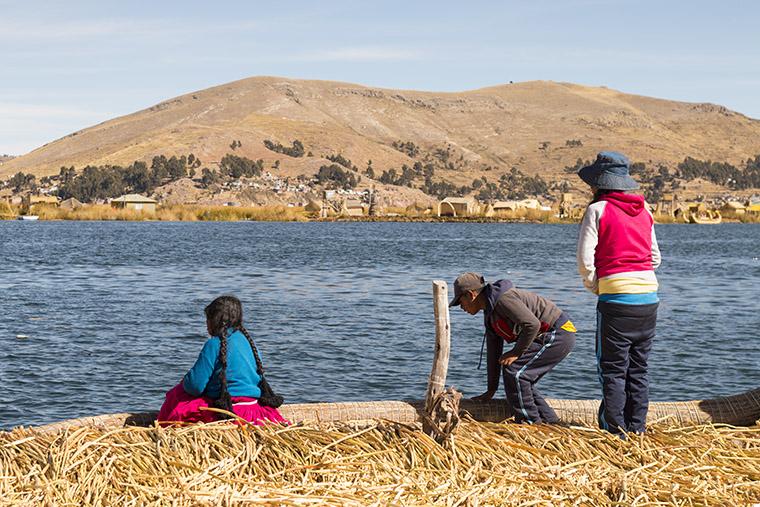
For centuries, communication between islands was based on shouts. In case of emergency, all you had to do was run to the tower, now converted into a viewing platform for visitors, and shout until you were heard by the residents of the nearest island. In the 90s, solar energy panels arrived. With them came the comforts of modern life, such as television, radio and, of course, cell phones.
Comforts that don’t go much further than that. After the explanation ended, Guilhermo separated our group to visit the houses on the island. It’s all simple, with a mattress on the floor, some old appliances and reed walls. Visitors are encouraged to buy local handicrafts and one of the floating islands even has a bar and snack bar – it is possible to get your passport stamped there, with the Uros Islands brand, for a symbolic cost.
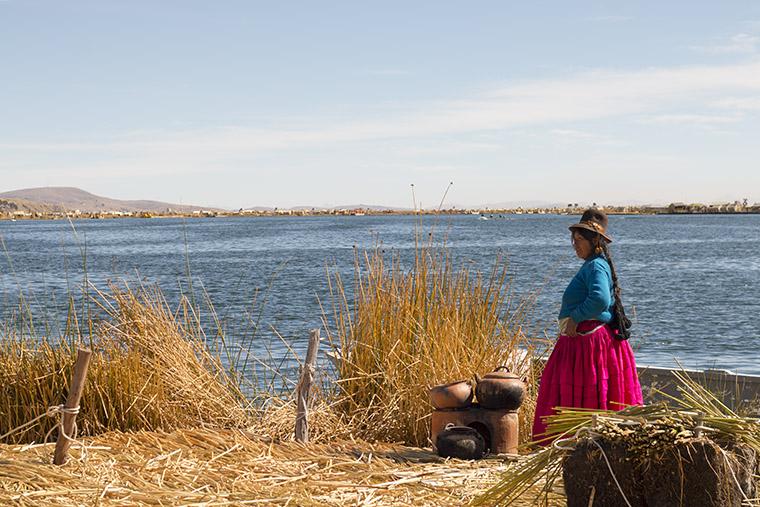
Some say that this tour is a typical tourist prank. I disagree – and even though I know that the number of Uros who choose to live on dry land is growing, especially the younger ones. Honestly, I would do the same thing, after all it can’t be easy to live isolated on a floating island. According to the guide who accompanied us on the visit, the tendency is for this to be the last generation of Uros to live like this.
See too: How to deal with altitude sickness
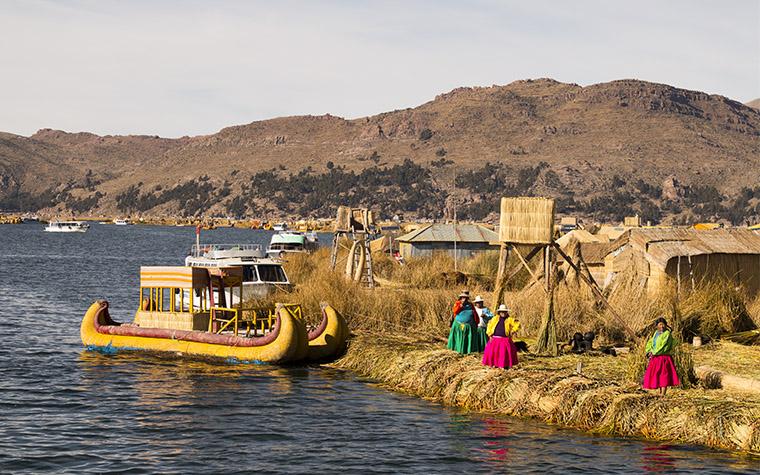
Uros Floating Islands: how to get there
Several agencies, such as Condor Travel, offer tours to the islands. There is no need to book in advance. You can even ask about this at your hotel, as soon as you arrive in Puno. Another option (the cheapest) is to go to the city’s port and from there negotiate and take one of the boats that take you to the islands, a trip of around 2 hours.
The tour to the Uros Islands can also be combined with the one to Taquile, a (natural) island about 3 hours from Puno, costs around 30 dollars and lasts the whole day.
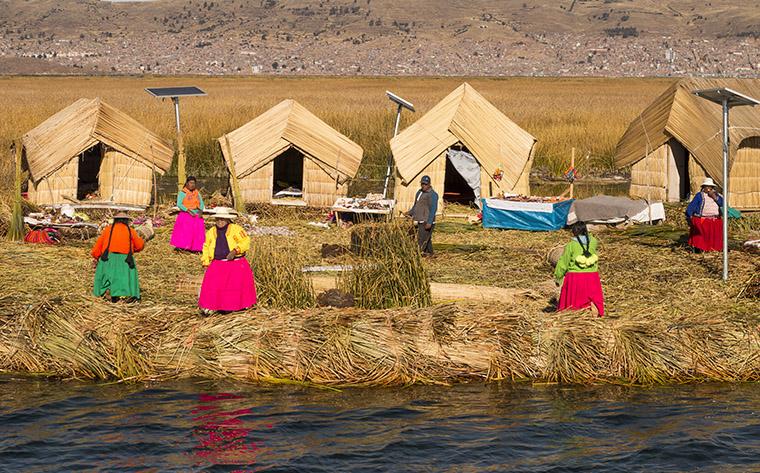
Extra tip: it is possible to spend the night on the Floating Island. And a lot of people do this, so much so that the Uros Aruma Uro is one of the most popular inns in Puno, with a very good rating on Booking. Another option, also highly rated, is Titikala Uros. Both have private rooms (made of reeds) and a shared bathroom. A chance to wake up in the middle of Titicaca, on a floating island, and learn a little more about the culture and life of the Uros. I didn’t stay there, but it seems like an interesting experience.
*360meridianos traveled to Peru at the invitation of Submarino Viagens and PromPerú.


